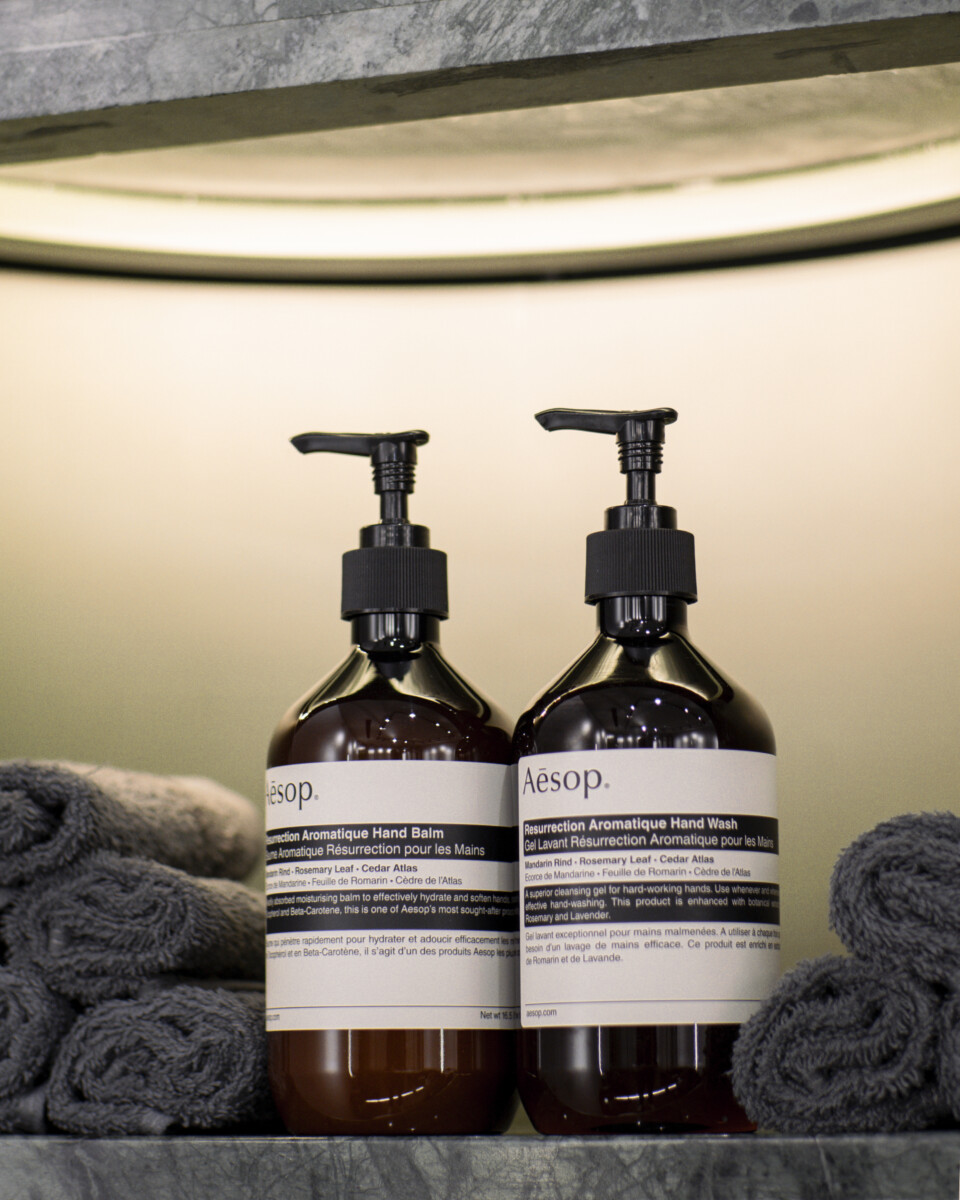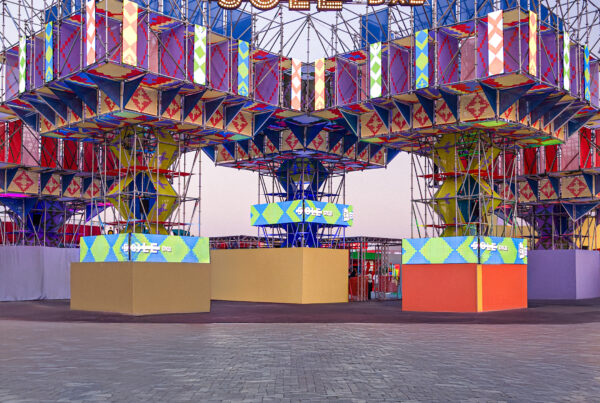In the competitive world of ecommerce, product photography plays a pivotal role in influencing customer behavior and driving conversions. Unlike physical retail, where customers can touch and feel products, online shopping relies heavily on visuals to bridge the sensory gap. High-quality ecommerce product photography ensures that your products are not only seen but also trusted and desired.
This article explores the nuances of online store visuals and delves into the strategic importance of retail branding photography, highlighting how businesses can leverage these tools to create a compelling and profitable online presence.
Why E-commerce Product Photography Matters
1. First Impressions Drive Sales
- The digital marketplace is often the first point of contact between your brand and potential customers. As such, the quality of your product photography becomes a reflection of your brand’s values and standards.
- Business Insight: Research shows that users form an opinion about a website in just 0.05 seconds. Engaging visuals can ensure this initial judgment is favorable.
2. Building Consumer Confidence
- In an era where online fraud and subpar product quality are customer concerns, professional imagery conveys credibility. Clear, accurate, and high-resolution images reassure customers of your product’s legitimacy.
- Pro Tip: Combine product photos with detailed descriptions to further strengthen trust.
3. Enhanced Conversion Rates
- Effective ecommerce product photography simplifies decision-making, making it easier for customers to imagine the product in their lives.
- Data Insight: According to Shopify, product pages with multiple high-quality images experience 58% higher conversion rates than those with fewer visuals.
4. Strengthening Brand Identity
- Beyond showcasing products, retail branding photography communicates your brand’s ethos. A consistent visual style across all imagery reinforces brand recognition and loyalty.
- Example: A luxury brand can use sophisticated lighting and textures to emphasize exclusivity, while a sustainable brand might focus on natural settings and eco-friendly props.
Types of E-commerce Product Photography
1. Individual Product Shots
- Purpose: To provide a focused view of a single product against a neutral background, usually white.
- Business Application: Ideal for catalog pages, marketplaces like Amazon, or Google Shopping ads.
- Execution: Use soft lighting and a clean background to eliminate distractions. Include multiple angles, such as front, side, and top views.
2. Lifestyle Imagery
- Purpose: To showcase products in real-life scenarios that help customers visualize usage.
- Business Benefit: Creates an emotional connection, making the product more relatable.
- Example: A furniture brand displaying a sofa in a tastefully designed living room with complementary décor elements.
3. Detailed Close-Ups
- Purpose: To highlight intricate details, textures, and craftsmanship.
- Best For: Fashion, jewelry, and luxury goods where finer details justify the price point.
- Tip: Use macro photography to showcase elements like stitching, fabric patterns, or gemstones.
4. Group Product Shots
- Purpose: To present complementary products together, such as skincare kits or matching accessories.
- Business Use: Encourages upselling by showcasing how items pair seamlessly.
- Example: A tech brand showing a laptop alongside its wireless accessories.
5. 360-Degree Photography
- Purpose: To provide an interactive shopping experience by allowing customers to view products from every angle.
- Advantage: Reduces return rates by offering a more accurate representation of the product.
- Implementation: Requires specialized software and equipment but pays off in customer satisfaction.
Core Elements of Effective Online Store Visuals
1. Lighting: The Foundation of Professional Photography
- Proper lighting determines how your product appears. Poor lighting can distort colors and obscure details, while good lighting enhances features.
- Recommendation: Use diffused natural light for a soft look or invest in professional studio lights for greater control.
2. Backgrounds: Keep It Clean and Consistent
- A simple, neutral background ensures that the product remains the focal point.
- Pro Tip for Branding: While white backgrounds are standard, experimenting with thematic backgrounds can help certain products stand out (e.g., earthy tones for organic products).
3. Color Accuracy: Deliver What You Promise
- Accurate color representation is essential to meeting customer expectations. Misleading visuals can lead to dissatisfaction and increased return rates.
- Solution: Use a calibrated monitor and include a disclaimer if lighting or settings may cause slight variations.
4. Angles and Composition: Show Every Detail
- Capture multiple angles to give customers a complete understanding of the product’s form and functionality.
- Business Insight: Strategic compositions, such as placing the product slightly off-center or adding props, can make photos more dynamic and engaging.
5. Resolution: Crisp and Clear Always Wins
- High-resolution images not only look professional but also allow customers to zoom in for closer inspection.
- Best Practice: Maintain a balance between high resolution and optimized file size to prevent slowing down your website.
Maximizing Retail Branding Photography
1. Define a Unique Visual Identity
- Every brand needs a signature style to stand out. This could include specific color schemes, lighting setups, or photography angles.
- Example: Glossier’s minimalistic yet colorful style has become instantly recognizable, reinforcing its branding.
2. Maintain Consistency Across Platforms
- From your website to social media, all visuals should feel cohesive. Consistency builds familiarity and trust.
- Pro Tip: Develop a style guide for your retail branding photography, outlining lighting, angles, and editing standards.
3. Use Props to Tell a Story
- Props can enhance the aesthetic of lifestyle shots without taking attention away from the product.
- Tip: For instance, a fitness watch can be displayed alongside gym equipment to emphasize its utility.
Optimizing Product Photos for Online Stores
1. File Format
- Use JPEG for standard images and PNG for those requiring transparency.
- Pro Tip: Ensure file sizes are compressed without sacrificing quality to optimize loading speeds.
2. Alt Text for SEO
- Add keyword-rich alt text, such as ecommerce product photography or online store visuals, to improve search engine visibility.
3. Mobile Optimization
- Ensure images are responsive and load seamlessly on mobile devices, as a significant portion of ecommerce traffic comes from smartphones.
4. Zoom Functionality
- Allow customers to zoom in for detailed inspection, especially for products like clothing or electronics.
Advanced Techniques for Ecommerce Photography
1. Reflective Surfaces
- Use reflective surfaces or mirrors creatively to add depth and interest.
- Example: A luxury perfume bottle reflected on a glossy black surface for a high-end feel.
2. Motion Photography
- Use GIFs or short videos to show how a product works, such as a spinning chair or flowing fabric.
3. Flat Lay Photography
- Arrange products aesthetically on a flat surface for overhead shots. Ideal for fashion or food brands.
4. Seasonal Themes
- Update your visuals to reflect seasons or special occasions, such as festive props during the holidays.
Case Studies: Brands Excelling in Product Photography
1. Apple
- Known for its sharp, minimalist images, Apple focuses on the product’s elegance and innovation.
- Result: Reinforces its premium brand image.
2. Warby Parker
- Combines clean product shots with lifestyle images, ensuring both utility and personality are showcased.
- Result: Appeals to a broad audience while building trust.
3. Nike
- Uses action-packed visuals to align its products with energy, performance, and ambition.
- Result: Boosts emotional resonance with its target demographic.
Conclusion: Turning Photos into Profit
The art of ecommerce product photography is much more than clicking pictures—it’s about creating a visual narrative that captivates and converts. By mastering the elements of online store visuals and investing in high-quality retail branding photography, businesses can establish trust, elevate their brand, and drive sustained growth in the competitive ecommerce landscape.
Invest in the right tools, adopt consistent practices, and always prioritize the customer’s visual experience. With these strategies, your online store can not only look stunning but also achieve measurable business success.
Other Articles:




